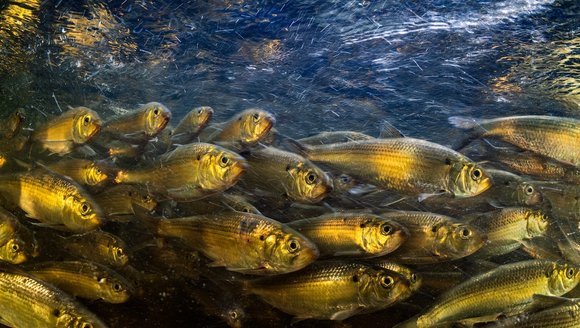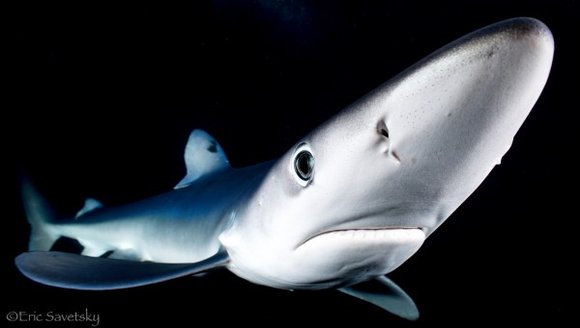Gulf of Maine, Explained: Species Distribution Modeling
Gulf of Maine, Explained | Jun 7, 2024
GMRI Senior Research Manager Dr. Andrew Allyn talks about how scientists use computer models to understand where fish are in the Gulf of Maine, and where they might move to in the future.
In this edition of Gulf of Maine, Explained, Gulf of Maine Research Institute (GMRI) Senior Research Manager Dr. Andrew Allyn explains his work on projecting future fish locations using computer models. Growing up as an avid fisherman, he was always in tune with where the fish were. Sometimes they were abundant, and sometimes he couldn't land any bites at all. This difference in fish presence inspired his current research on species distribution modeling.
With climate change causing the Gulf of Maine to warm, fish species are shifting their habitats. Those preferring colder waters are moving further north, or deeper, while others that thrive in warmer waters are migrating into the region from more southern waters. By analyzing the relationship between fish presence and temperature from data collected by fishing vessels, Allyn and his team can use computer models to predict where fish populations might move to in the future based on expected temperature changes.
This approach allows for estimating fish populations under different temperature scenarios — information which is valuable to fishermen and fisheries managers who need to that extra time to plan and adapt to climate-induced changes in fish distribution.
A Closer Look at Species Distribution Research
The Gulf of Maine is warming fast. What does that mean for lobsters—and everything else?
National Geographic photographer Brian Skerry has been diving in the Gulf of Maine for more than 40 years. After learning these waters were a harbinger …
National Geographic|May 14, 2024
Gulf of Maine, Explained
In our video series, The Gulf of Maine, Explained, you’ll learn more about important-but-unfamiliar concepts related to our work. We’ll cover commercial fishing, fisheries research, sustainable seafood, education, and more. While we probably won’t answer all your questions in one short video, we hope to spark your curiosity about complicated issues that are central to our mission.




